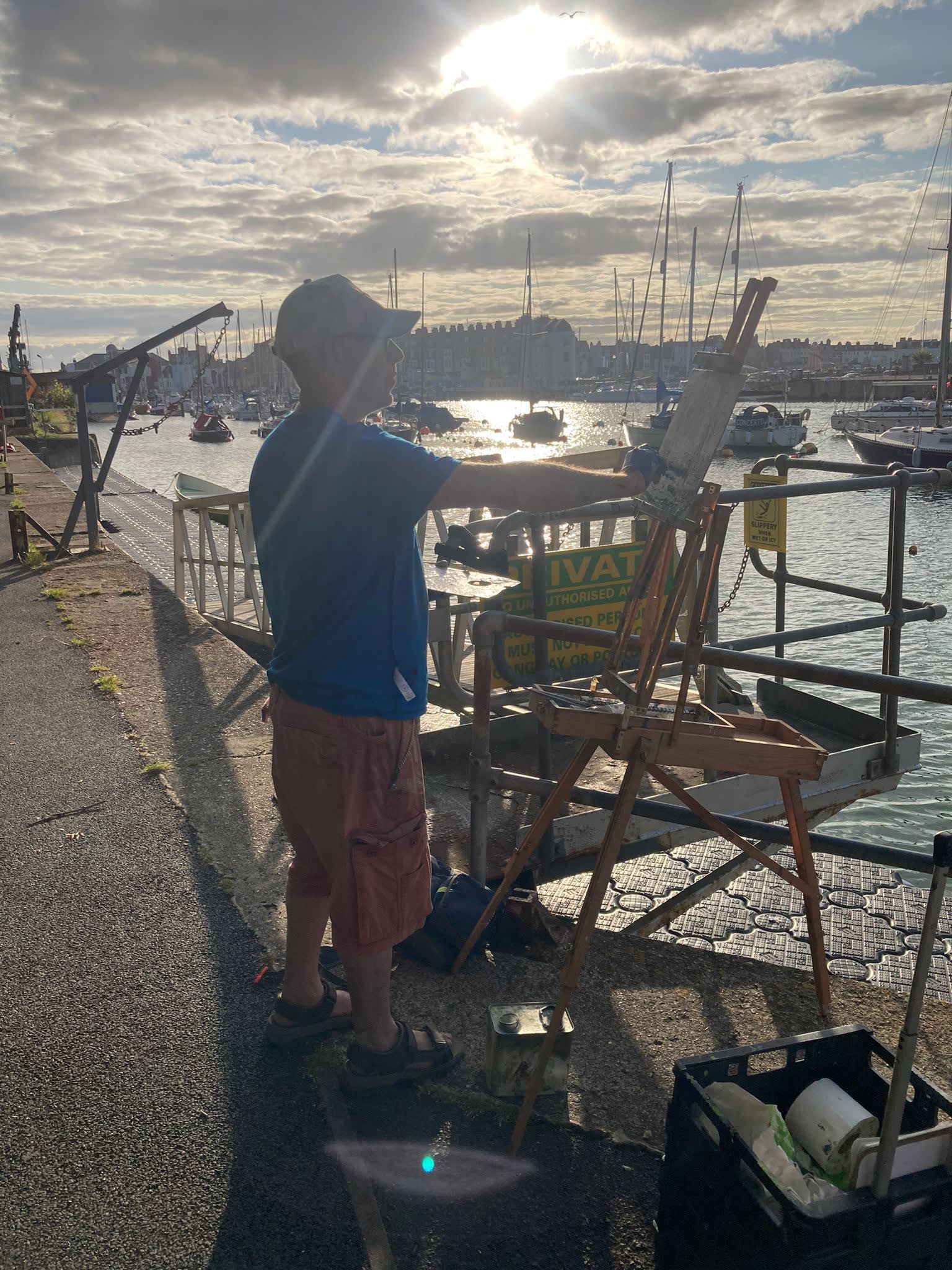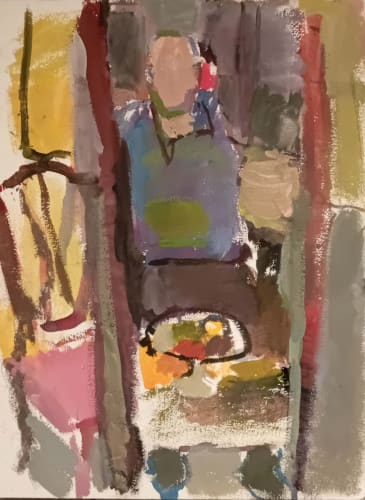Michael Weller has a busy few months ahead of him. He's participating in a variety of current and forthcoming group exhibitions as well as teaching in Weymouth, Andalucia and on Zoom (see the bottom of this page for details). We are delighted that he came up for air to share some musings and memories, starting by taking us back to 2018 . . .
"I’m in Loch Fyne in Scotland, one of seven, competing to be Landscape Artist of the Year. We’re in a row of pods facing the sea and sky – actually, the rain and mist. The view is reminiscent of Mark Rothko, my hero, so this should be right up my street. In my pod are two cameramen, a soundman and a judge.
I’ve borrowed an easel. I choose two small boards to paint on. They fall off the easel. I pick a big board: 16 x 20 inches. Later, a painter friend says it’s a small-to-medium-size board.
I have a great day. Everyone is friendly. I’m interviewed, which I take in my stride. Which painters do I like? I say Titian. The interviewer says I paint nothing like him.
I listen to calm music on my headphones.
At the end of the day, the artists wait in a small van while the judges select the winners. The driver’s chatty and I sit next to him silently. I get out of the car. It’s pouring. A production assistant lends me his umbrella. I argue, saying he won’t have an umbrella. He says he can borrow his friend’s. I stand there holding the umbrella, thinking my painting isn’t that good.
I watch the episode with my mother and have two glasses of red wine. She doesn’t drink but likes the episode.
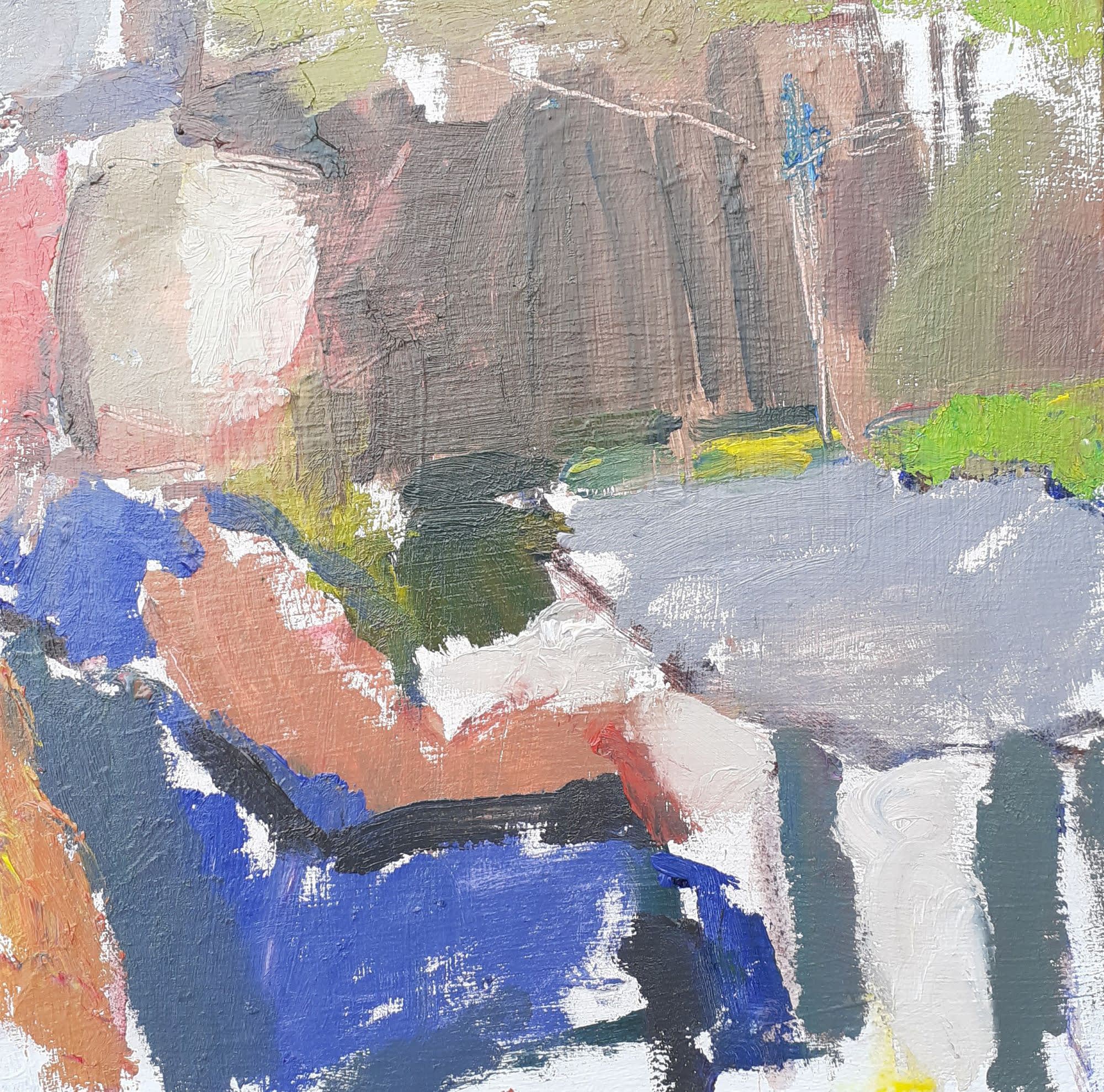
Weeks later, I try painting over my oil painting on board, but that painting’s no good either. Clearly it was the board’s fault
.
“You’re really a still-life painter,” someone says, trying to cheer me up.
Sometimes students are reluctant to do a bad painting. I understand and feel it too. I tell them this story. One of them who’s heard it before says, “Stop going on about it.”
Now I live in Weymouth in Dorset. I paint still lifes in a shed at the bottom of the garden.
My friend says “You should say it’s a studio."
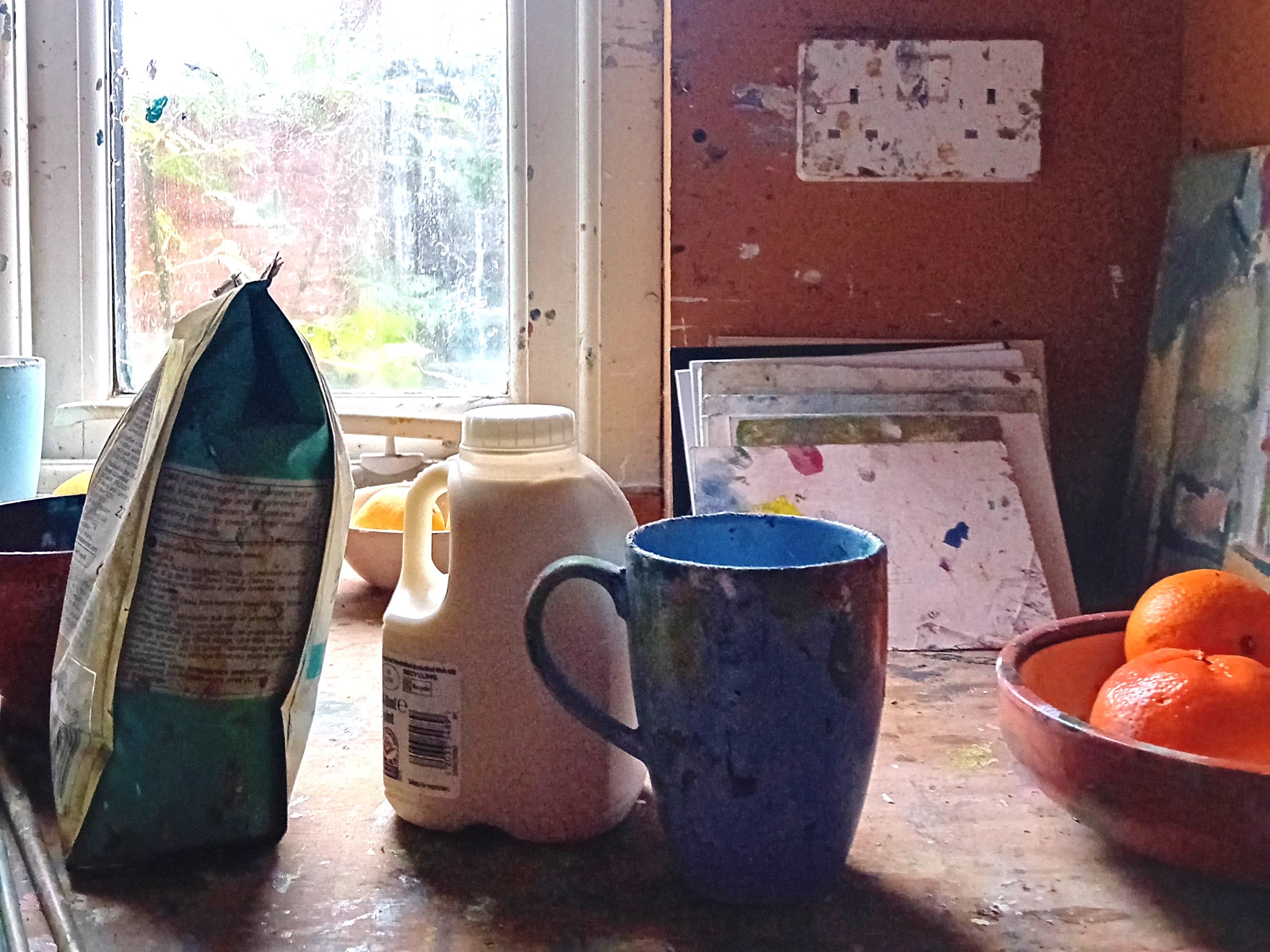
My still lifes are semi-abstract, you might say. A few things that happen to be nearby. A pint of milk. A coffee packet. I’m often fixing myself a drink or a snack.
Some of the things overlap, or there’s a narrow interval. One thing’s lower down than something else. A blue cup with green pears in a pink bowl. A brown bowl, three or four tangerines – perhaps it needs a blue cup as well.

My brother and his friend paint the shed green. I don’t help them. I suppose I’m in shock from the move to Weymouth. If you were feeling charitable, you could say that.
The shed is semi-dark, like all my studio spaces have been. I only paint in natural light, if I can help it. The colours are subtle; you almost have to guess them.
A student says, “Do you always paint the colours you see?”
“Yes, I do”, I say firmly.
Then I consider this. Cezanne used to turn the colours up. Perhaps I do this sometimes.
I paint small-to-medium-size pictures for months. They look like they’ve been done quite quickly. I give up moving the things around, cups, bowls, fruit, etc. In the next painting, they get painted a bit higher up the board.
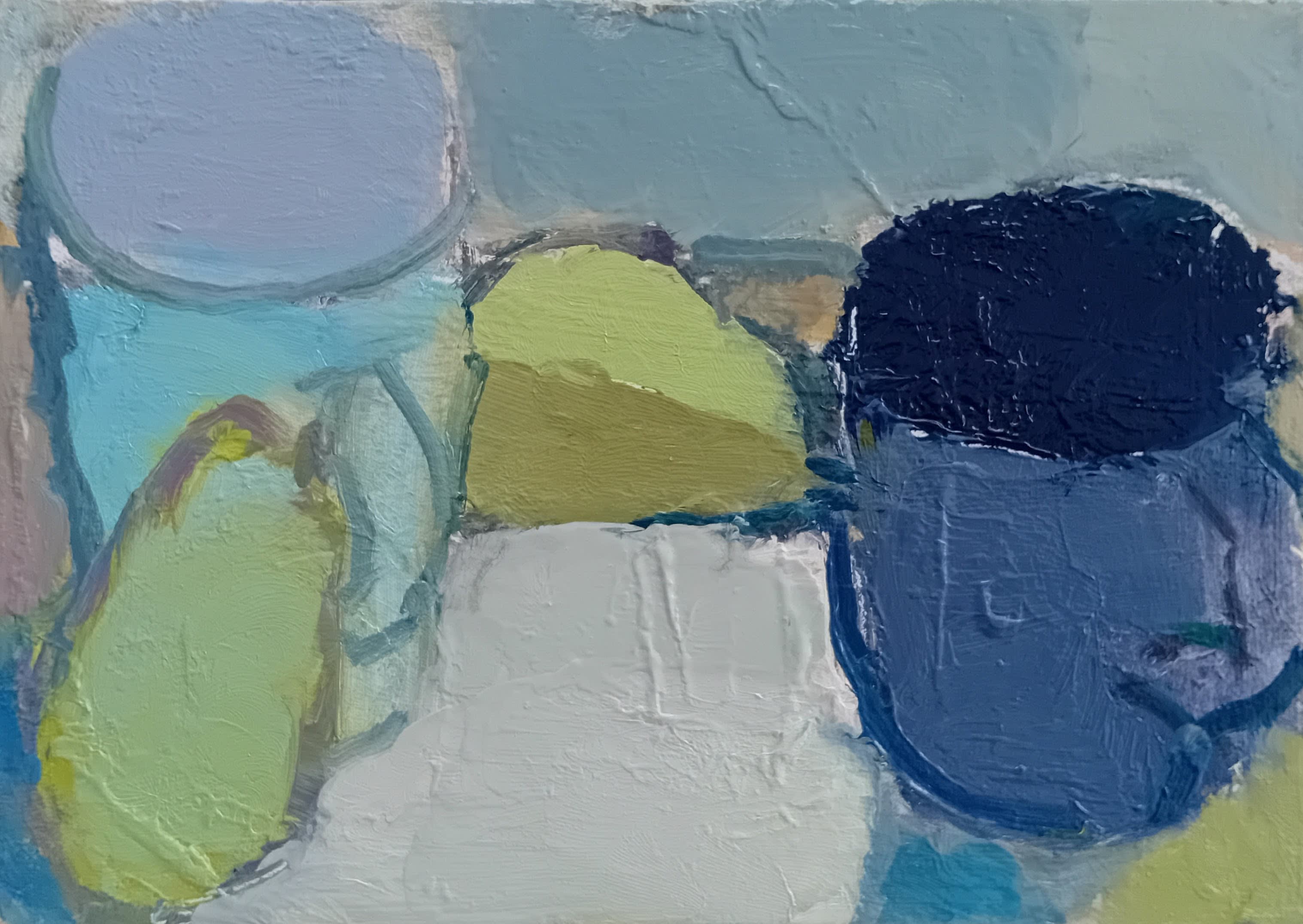
My favourite artist is Bonnard. It’s heartening to learn that Bonnard painted with a brush in one hand and a rag in the other. In Bonnard’s The Table (1925, at the Tate, not on display), the basket is falling off the table.
Bonnard mixed a colour he liked and then looked at his paintings to see where it could go. I spend a few hours in the shed doing this. The pears that were green turn orange.
I use three oil colours: lemon yellow, cobalt blue, rose madder – and white. I mix a colour, put it down and see it’s wrong – the colour goes on a painting close by.
Bonnard paints from drawings. I try this with mixed results. I see Morandi’s paintings in the Estorick Collection, with two painter friends. We are all moved by the work. Feeling something like envy, I employ an earth palette. It doesn’t work.
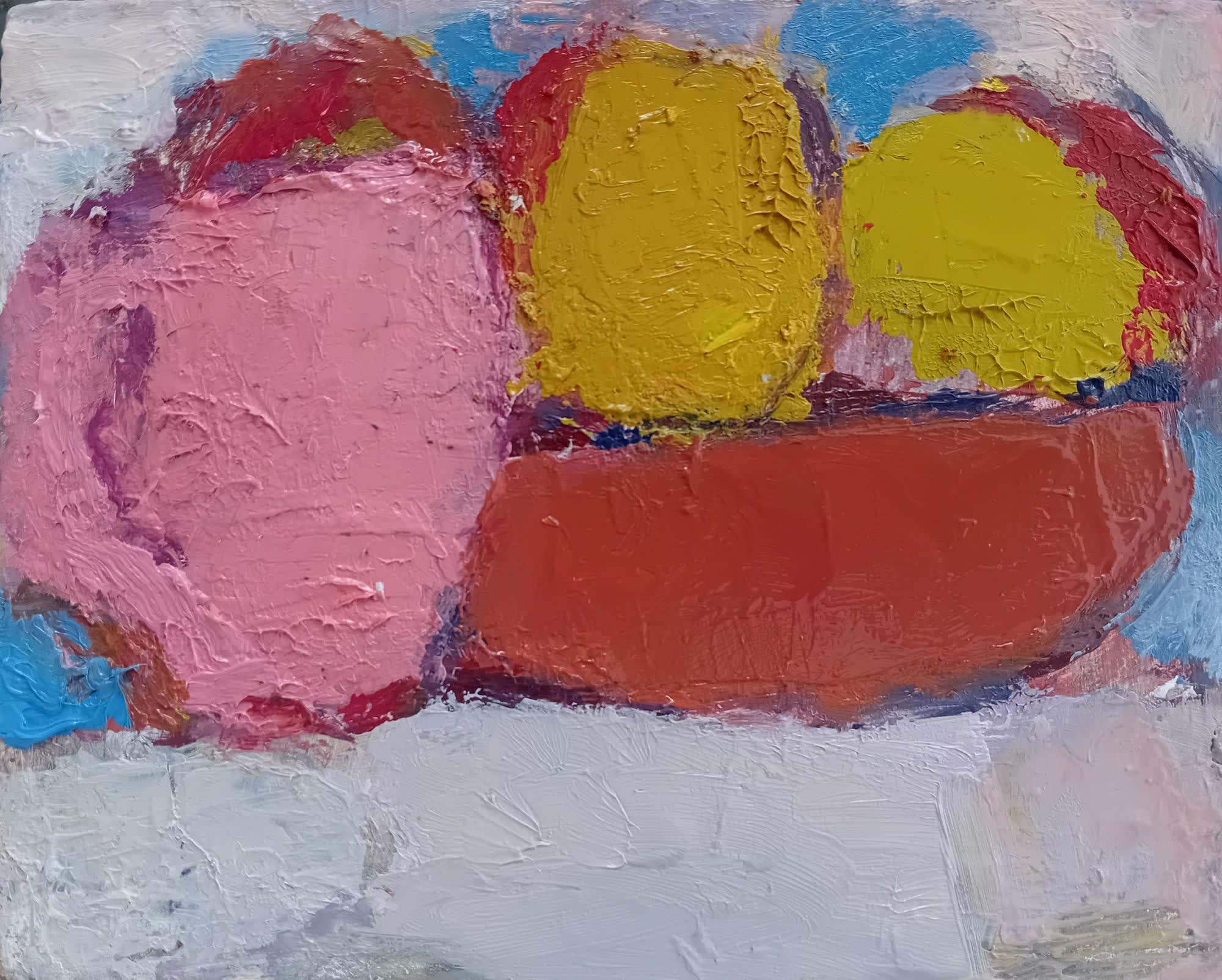
“Your pink mug series”, someone says about my recent paintings. The pink mug is from a charity shop. Nicer, ornate objects don’t work for me. Nor does lovely linen canvas. Cardboard. MDF. Paintings that haven’t worked can be painted over. It gives me more freedom, I think defiantly; I am very avant-garde after all.
“Don’t stick the objects in the middle of your canvas,” I order students. Bonnard paints his wife Marthe to the side – her face the same purple as the wallpaper.
Bonnard is influenced by his wife’s slightly naïve drawings. An old friend once said, “God, you’re so naïve, Mike!” She pronounced it “nave”, and I said, “It’s not nave, it’s nigh-eve.”
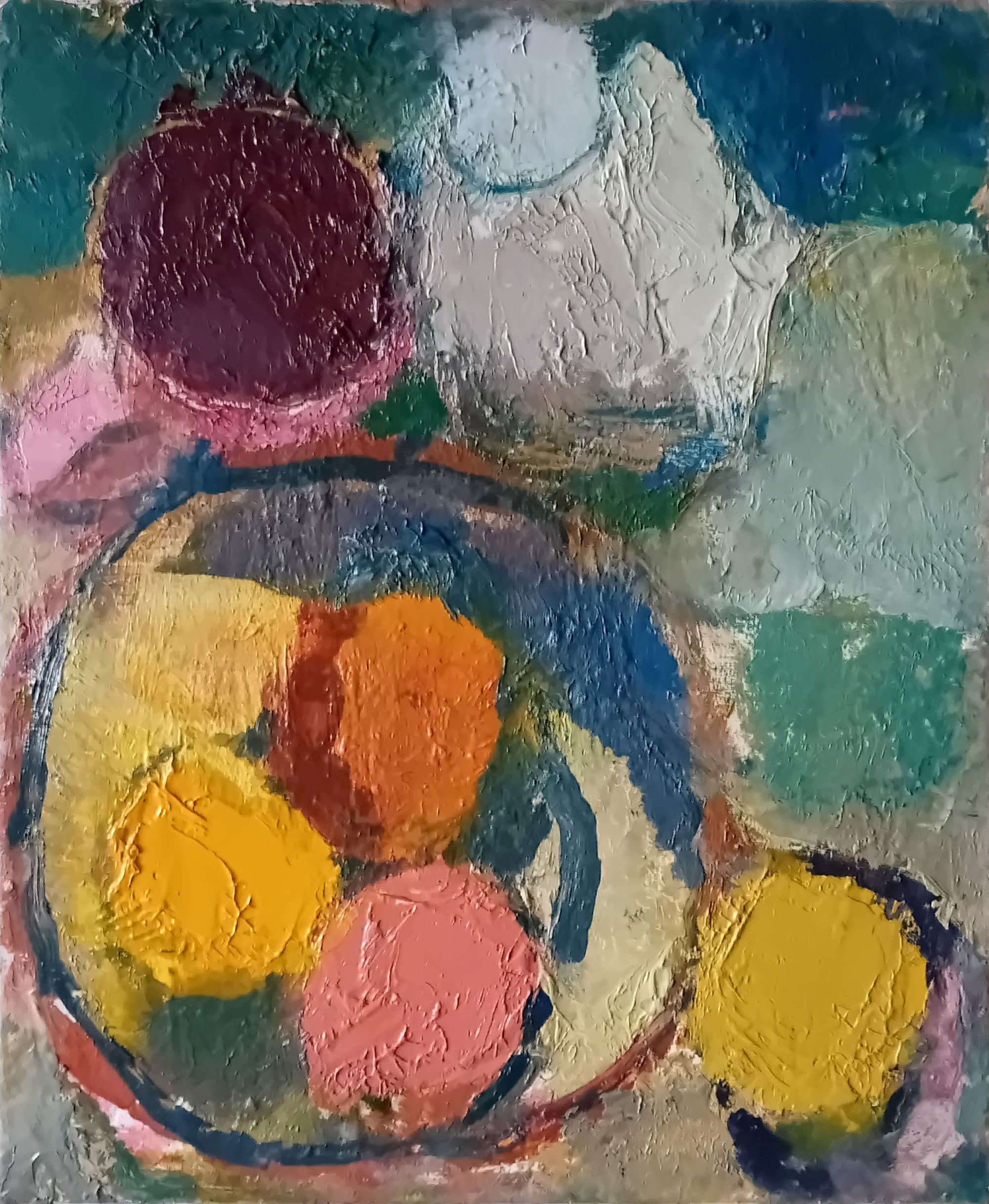
I do a demo. A student says, “Michael, I have a big ask. Can you explain what you’re doing as you go along?” “I drew the object too high up and now I’m moving it down,” I start to say.
Another student says, “Why are you interested in Morandi?” It’s November and he’s wearing a hat and a tonne of clothes. “Why should I be looking at Morandi?” Another student says, “You’re not like him at all, you’re far more like Nicolas de Stael.”
I say portraits are boring. Everyone is aghast. I explain lamely, “Well, you start off with portraits, then you do landscapes, then still life.” Someone says, “But you do portraits.”
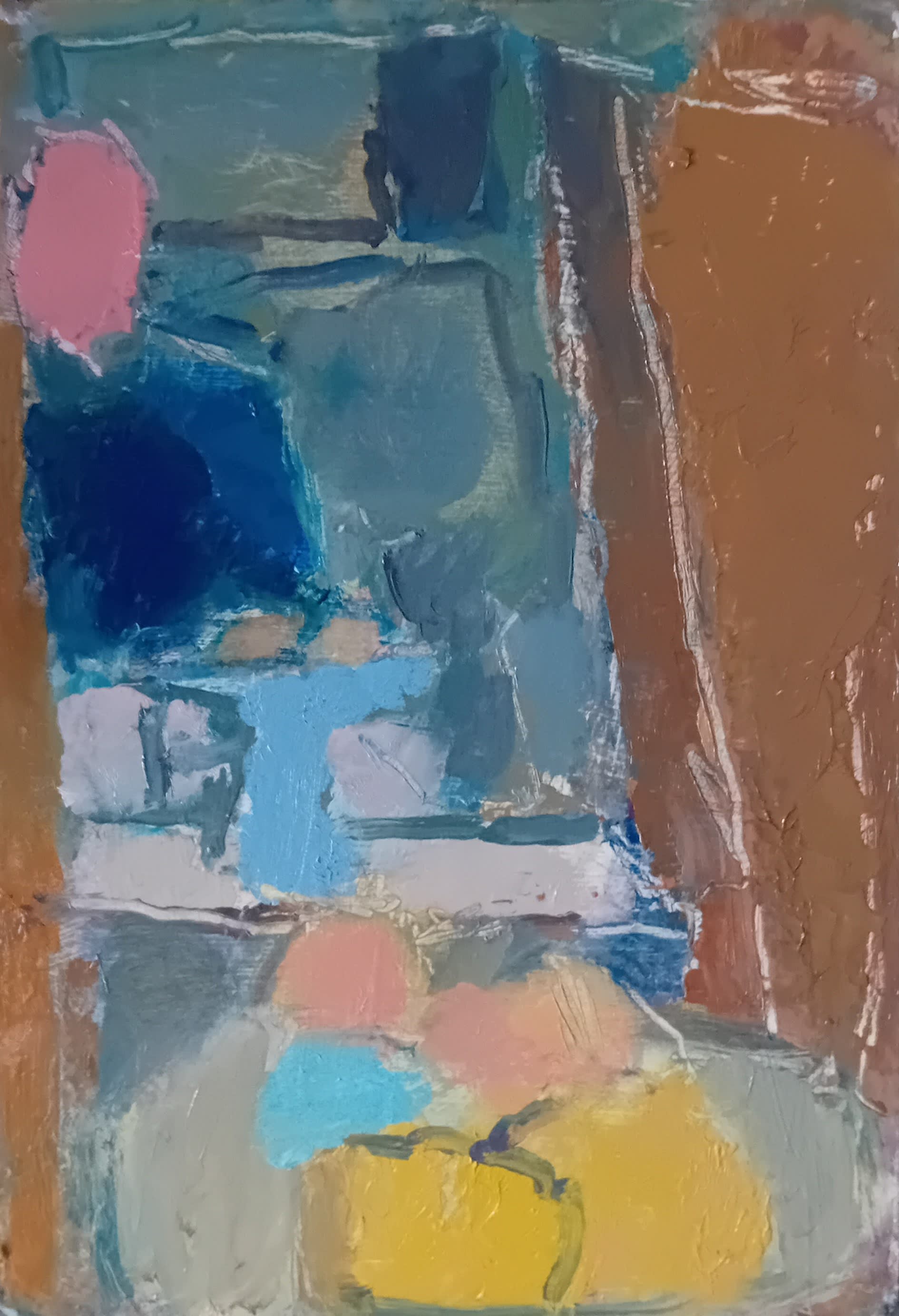
My nephew comes down for a day with my brother and his wife. He draws me. We all draw together. I feel my drawings of them are sensitive and their drawings of me aren’t very. It’s always the same – perhaps the universe is telling me something.
It’s hard to get into the NEAC or it wouldn’t mean anything. I think of an evening at Mall Galleries when a painter friend of mine says to an NEAC member, “Michael’s bound to get in.”
The NEACer warns, “It’s very difficult to get in . . . very difficult.”
My friend, who has had a couple of drinks, says, “Not for you, Mike, for you it’ll be easy.”
The NEACer is one of three women I meet years later when I go to pick up my paintings who tell me I’ve got into the NEAC after all. They are all smiling."
Exhibitions
Michael currently features in 'Birds Over Sea' - an exhibition of selected NEAC members' work at 155A Gallery in East Dulwich and in 'Winter Light' at Point Contemporary in Cromer, Norfolk (both until 12 January, check gallery websites for opening days/times). Then from 22 Jan to 04 Feb, he will be in 'Assemble:25’ at Tregony Contemporary in London.
CLASSES, WORKSHOPS AND AN ART RETREAT
In the coming months, Michael will be leading a 1-day plein air workshop in Weymouth Harbour, a week-long painting holiday in Andalucia, Spain, and 4 x weekly Zoom classes inspired by the works of Nicolas de Stael.
MORE ABOUT MICHAEL WELLER
Find out more on Michael's NEAC profile page (where you will find a selection of artworks available to buy online) and on his website and Instagram.
